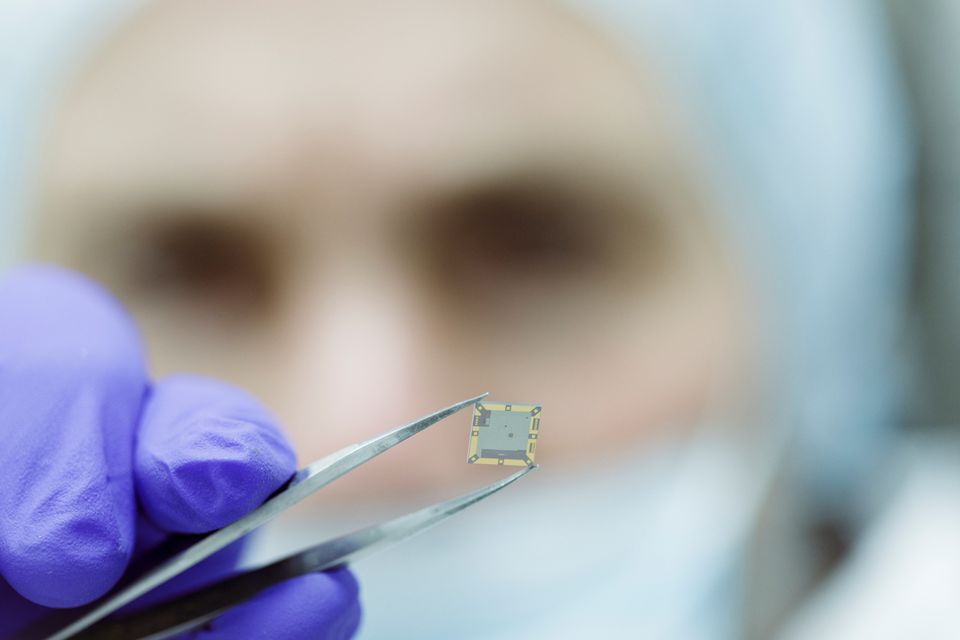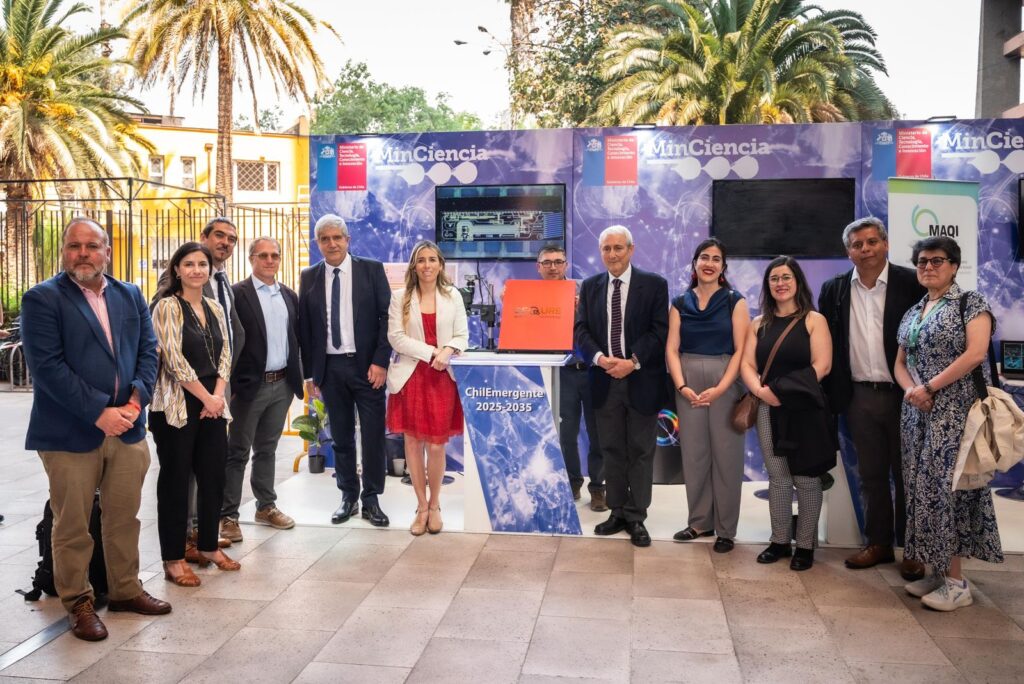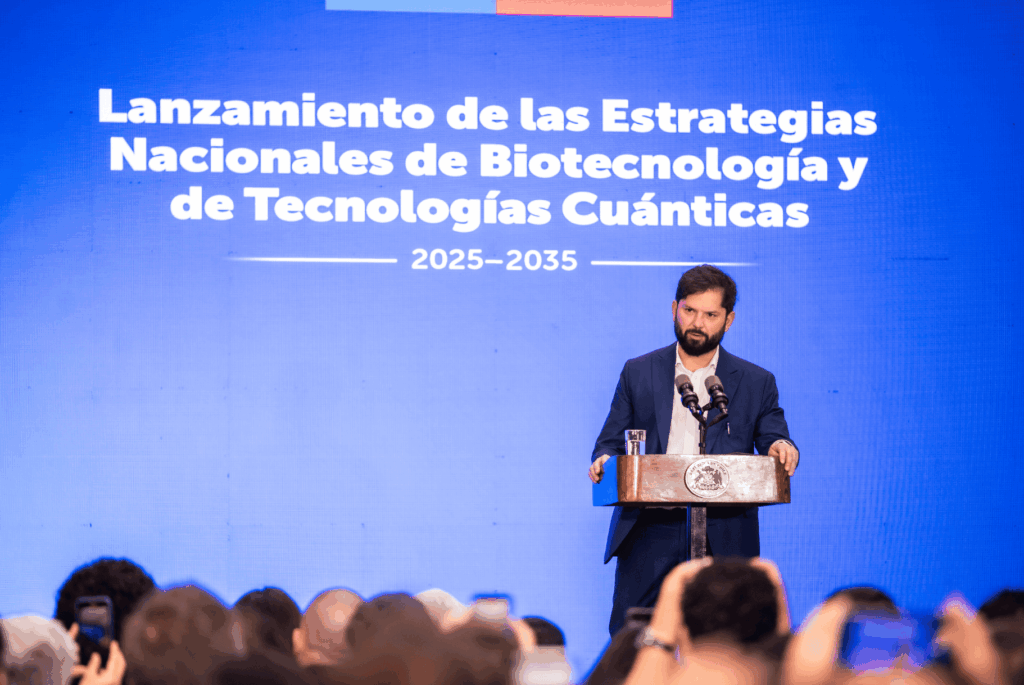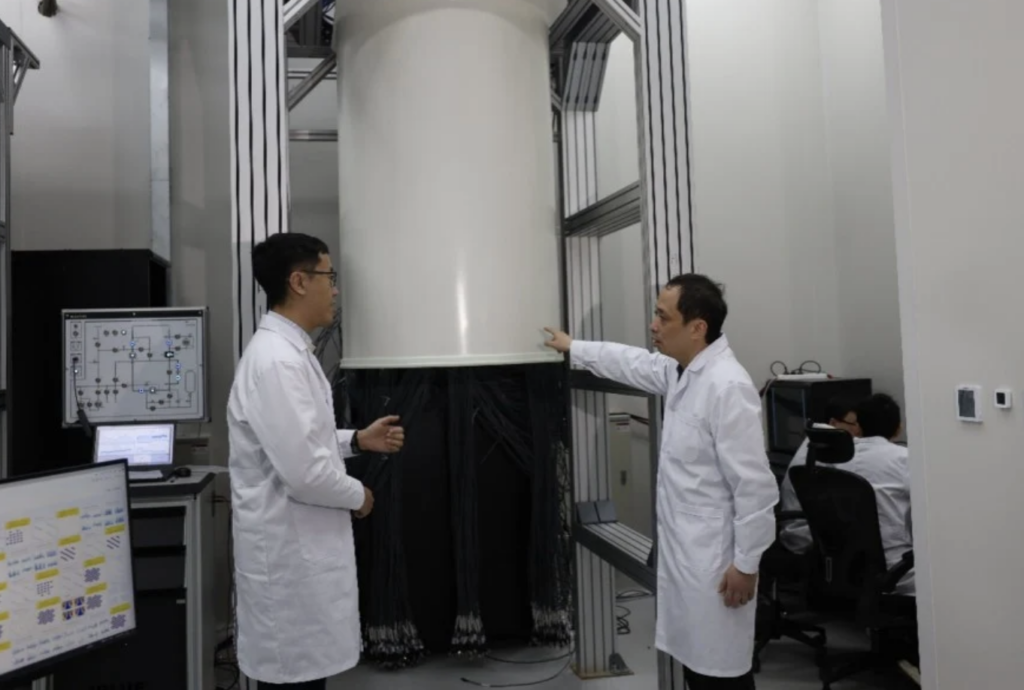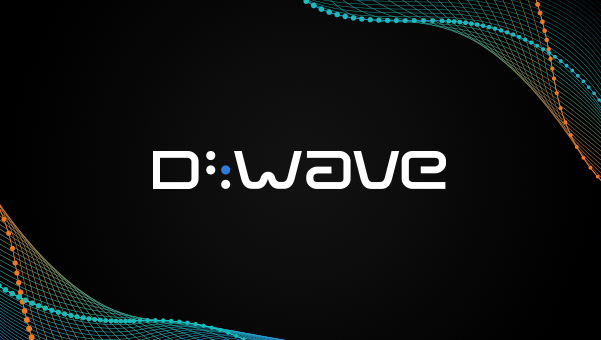Insider Brief
- SEEQC demonstrated Italy’s first full-stack quantum computer in its laboratory in Naples.
- The system, SEEQC System Red, is the company’s first-generation reference class quantum computer and uses the company’s proprietary quantum computing platform incorporating firmware, software packages and cloud portal.
- Critical Quote: “As the first quantum computer in Italy, SEEQC Red marks a significant point in the history of innovation in Italy, and represents important progress in our mission across the entire quantum computing industry.” John Levy, Co-Founder and Chief Executive Officer, SEEQC
- Image: SEEQC
PRESS RELEASE — SEEQC, the digital quantum computing company, today unveiled and demonstrated Italy’s first full-stack quantum computer in its laboratory in Naples. The development of the quantum computer, SEEQC System Red, marks a major technology and innovation milestone for the country and the industry.
SEEQC Red is the company’s first-generation reference class quantum computer and utilizes the company’s proprietary quantum computing platform incorporating firmware, software packages and cloud portal. This platform allows users to access the reference system to run any universal application or algorithm.
While other systems focus on numbers of qubits, SEEQC’s system is focused on quality and speed, which enables software developers to run their algorithms with four times lower error rates over competitors when compared to universal quantum computing systems available over the cloud. SEEQC Red also offers the fastest native two-qubit gates available on publicly available quantum cloud services, achieving gate speeds up to 10 times faster than competitors, while offering gate fidelities competitive to the most advanced systems on currently available quantum cloud platforms. With SEEQC Red, the company has achieved average 2-qubit gate speeds of 39ns and average gate fidelities of 98.4%.

The architecture of SEEQC Red was built to mimic current generation superconductor quantum computing systems with conventional analog control and readout utilizing room temperature electronics. This enables the company to perform direct A-B comparisons with its next generation digital SFQ chip-based quantum computer slated for release within the next 12 months.
“This marks more than a single milestone in computing,” said John Levy, co-founder and Chief Executive Officer, SEEQC. “As the first quantum computer in Italy, SEEQC Red marks a significant point in the history of innovation in Italy, and represents important progress in our mission across the entire quantum computing industry. Our teams in Naples and around the world have collaborated on this achievement, a critical milestone on our roadmap to building scalable, energy-efficient quantum computing. Our next step is to move this into commercial usage by building a quantum data and test center here in Naples, and we look forward to partnering with federal and regional government, private investment funds and our industrial partners to help realize this vision.”
Italy Plays Key Role In Country’s First Quantum Computer
The Italian government has signaled making quantum computing a priority through research and funding over the next few years. The government has stated it will invest heavily in the category, hoping to establish itself as a leader in this field. At a time when the Italian government is focused on leading in quantum research and investment, SEEQC has positioned itself as an industry leader and go-to resource in the country.
Quantum computing experts at SEEQC’s research and development facility in Naples played a critical role in building the SEEQC Red system and SFQ chips. As part of the effort to build the first full-stack quantum computer in Italy, researchers at SEEQC’s laboratory and testing facility in Naples developed and measured the systems two-qubit gate – a key milestone on the quantum roadmap.
SEEQC’s Naples team is also working on designing and testing cutting-edge technology for digital qubit readout, the first on-chip SFQ-based readout. These chips will be used to build SEEQC’s next generations of its quantum computer, that will provide advantages in control and readout speed, increased fidelity, reduced latency, on-chip digitalization, and reduced I/O lines, that together unlock scalability towards larger qubit arrays, and provide the underlying infrastructure for real-time quantum error correction.
“These achievements are not only a source of pride for our country, but also demonstrate Italy’s strong commitment to becoming a leader in the emerging field of quantum computing,” said Marco Arzeo, lead research and lab manager at SEEQC-EU in Naples. “This is the first quantum computer in Italy, and one of only a few in Europe. Securing Italy’s position as a leading nation in the quantum computing race positions the country to be part of solving some of the biggest challenges facing humanity –- the promise of quantum computing that SEEQC is putting that into action right here in Naples.”
SEEQC’s full Naples research team responsible for the project includes Federico Vittorio Lupo, Luigi Di Palma, and Ph.D researchers Halima Ahmad Davide Massarotti, Domenico Montemurro. SEEQC is thankful for the support of UNINA professors Giampiero Pepe and Francesco Tafuri.
SEEQC Partnerships Lead to Scalable Application-Specific Designs
The high-performance specs of SEEQC Red are attracting strong commercial interest from third parties wanting to run algorithms on SEEQC’s platform. Third-party algorithmic benchmarks are an important validation for the usefulness of a quantum computing platform.
SEEQC is on track to use its technology in test and data centers through public and private partnerships worldwide. SEEQC has already established partnerships with major global industrial companies, including Merck KGaA, Darmstadt, Germany, and recently announced its newest partnership with BASF SE, Ludwigshafen, Germany.
Though SEEQC Red is from one of only eight companies to demonstrate systems of its type and caliber in the world, SEEQC’s partnership with HQS Quantum Simulations in Germany has enabled the company, for the first time, to be able to run its algorithm and achieve a useful answer.
Successfully running their algorithm on SEEQC Red demonstrates that SEEQC’s platform, at modest scale readily achievable in the near-term, has the potential to deliver quantum advantage for commercially useful applications for computational simulations within the chemical and pharmaceutical industry.
SEEQC Unveils First Fully Digital Chips for Full-Stack Quantum Computers
SEEQC Red is one step on the roadmap to scalable, energy-efficient quantum computing. It is built as a reference system to benchmark the performance and capabilities of their recently announced Single Flux Quantum (SFQ) chips.
SEEQC’s family of high-speed, energy-efficient SFQ digital chips are capable of running all core functions of a quantum computer at the same cryogenic temperature as the system’s superconducting qubits. SEEQC’s digital chip technology utilizes energy-efficient superconducting SFQ logic, operating at speeds up to 40 GHz, to implement classical qubit control, readout, multiplexing and data processing. The chips are fully integrated with qubits – a critical breakthrough in building scalable error-corrected quantum computers and data centers. SEEQC’s System-on-a-Chip is the linkage that binds quantum hardware with quantum algorithms and applications. By integrating critical management functions on a chip, it brings a new level of scale and cost-effectiveness, enabling new functionalities to quantum computing.
Taking a major leap towards scaling, SEEQC’s SFQ-based quantum computing architecture incorporates digital multiplexing on chip and integrated with qubits, solving a critical input/output issue and helping to resolve the cost and complexity of wiring a quantum computer which normally requires 2-4 cables per qubit. Their multiplexing chip can sends or receive multiple signals over a signal cable, greatly reducing cost and complexity, particularly for large-scale quantum systems such as those designed for data centers. SEEQC successfully tested its digital multiplexing technology which requires a single cable to control four RF signals to qubits, and versions of that control up to 16 RF signals to qubits with a single cable are currently in fabrication, vastly reducing operating costs and complexity of a quantum computer. The stability offered by SEEQC’s all digital multiplexing system means that much higher levels of multiplexing are readily achievable, further enhancing the scalability of our quantum computers.
If you found this article to be informative, you can explore more current quantum news here, exclusives, interviews, and podcasts.

